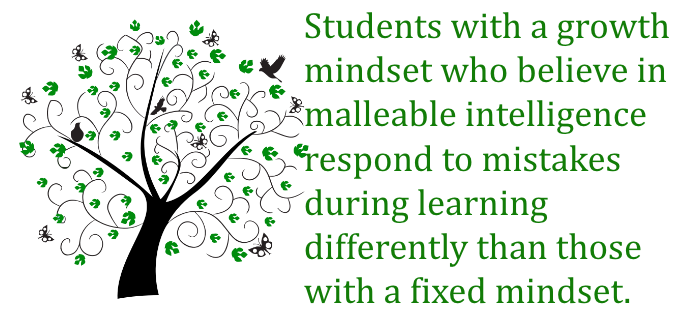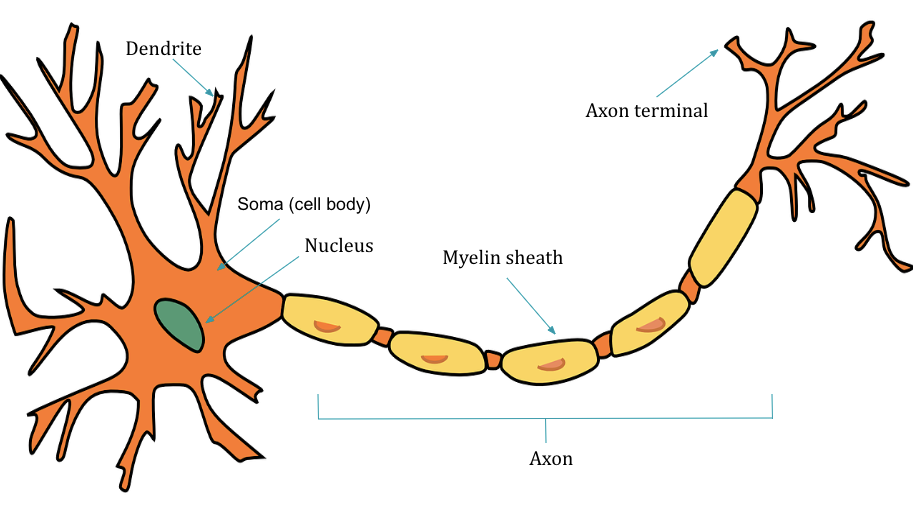For much of the 20th century scientists believed that only young brains can grow and by the time we reach adulthood, we start a steady but inevitable neurological decline (Wilson, 2020). A significant breakthrough occurred in the 1980s when researchers discovered that learning continues into and through adulthood! Let’s take a closer look at this discovery!
Brain Plasticity
The most basic operating units of our brain are neurons which are nerve cells that transmit signals in the form of electrical impulses. We have millions of them! Brain scientists previously believed that new neurons only form in young brains and not in adults. However, breakthrough research showed that new neurons can form at any age! They also discovered that our brain is malleable and has plasticity which means that it can change and grow. The concept of neuroplasticity refers to how the structure of the brain can change over our lifetime (Wilson, 2020). These changes occur as a result of thoughts and actions as well as sensory input from the environment. Our neural networks grow denser as we focus our attention and learn new things. Magnetic Resonance Imaging (MRI) scans show that neural connections in the brain are strengthened through learning (Wilson, 2020). Neuroplasticity and brain plasticity is the foundation for the theory of growth mindset.

Synaptogenesis
The concept of synaptogenesis refers to the formation of neural connections between the cells (Wilson, 2020). The more activity that is transmitted through these networks, the stronger these connections. The diagram below shows one neuron, but imagine it being surrounded by many other neurons. Messages travel through these neural networks in the form of electric impulses from the dendrites down the axon, to the axon terminal and then on to another neuron’s dendrite. When these neural connections are reinforced with stimuli, they are strengthened, but when they are not reinforced, they become weak and they can also be eliminated. This is the process of pruning. Here is an example: as a child, you learn to ride a bike and you practice it so much that the skill becomes well-learned and automatic (meaning, anytime you get on a bike, you can ride it). While practicing this skill, you strengthened these synapses related to learning how to ride a bike. But once you internalized the skill, those synapses were no longer needed and these neural networks decreased through pruning. Pruning is necessary for our brain to function efficiently (Wilson, 2020.)

Angiogenesis
This is the third concept that relates to brain growth and growth mindset. Angiogenesis is the development of new blood vessels which help maintain the blood supply to our brain (Wilson, 2020). By eating a healthy diet and exercising regularly we can enhance the development of new blood vessels and ensure a peak functioning of our body and brain system (Wilson, 2020).
When we teach our students about growth mindset we must incorporate educating them about how their brain works. Teaching our students about the concepts of brain plasticity, synaptogenesis and angiogenesis is very important. There are many creative and developmentally-appropriate resources available for K-12 educators.
Source:
Wilson, D., & Conyers, M. (2020). Developing Growth Mindsets. Association of Supervision and Curriculum Development (ASCD).

